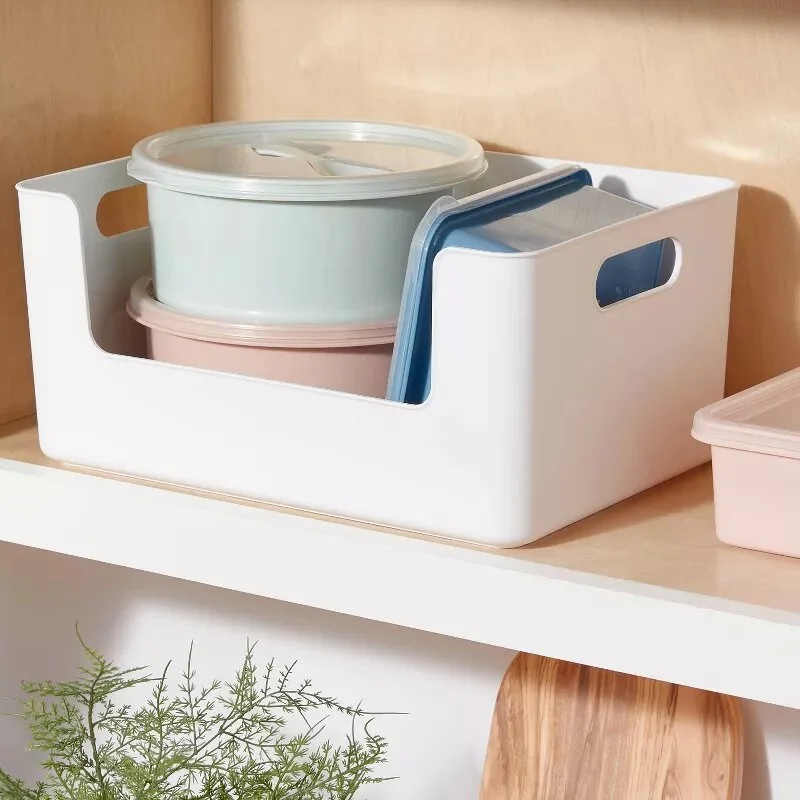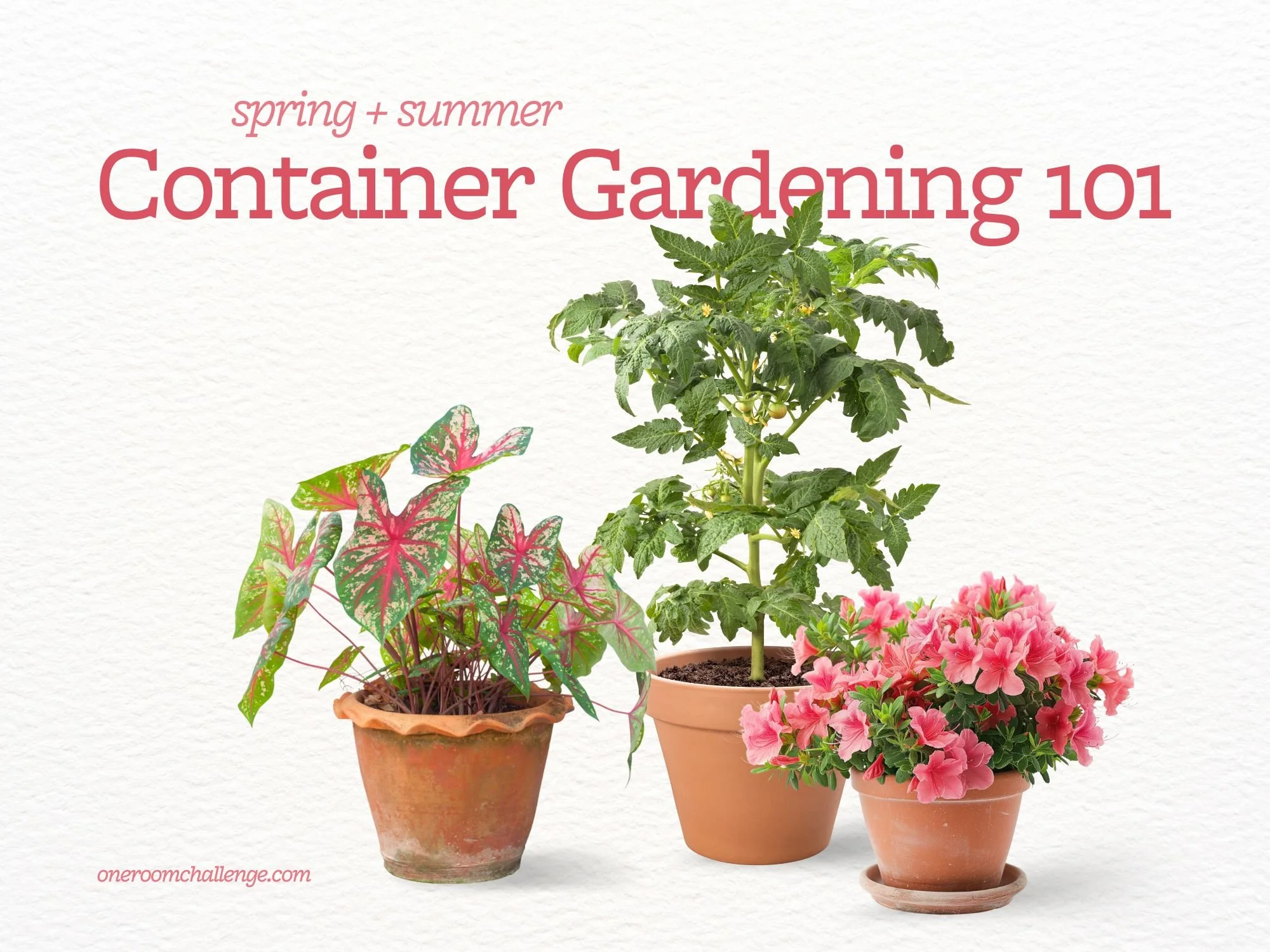Make Your Kitchen and Pantry Work for You
DESIGN
STORY BY VIRGINIA BESHEARS
Every kitchen is unique, and so is the way you use it. There’s no one-size-fits-all method for organizing your kitchen and pantry, but there is a right way, which is the way that works best for your daily cooking and cleaning routine. I’ve learned this firsthand. Every time I move into a new place and put away all my dishes, cookware, and pantry staples, it feels inevitable that a month or two later I’m ready to reconfigure everything. I cook almost every night, and at least once a year I catch myself thinking, Surely this kitchen could be organized better. Cue a deep dive into kitchen organization strategies.
That’s the thing about kitchens: the way they’re set up needs to match the way you actually use them. By tailoring your kitchen and pantry to your habits, you can create a space that feels intuitive and flows seamlessly, saving you time and frustration and making using the space actually enjoyable.
via Land of Laurel
VIA LAND OF LAUREL
Organizing around your workflow
The #1 indicator that you may need to reconfigure your kitchen is regularly finding yourself running across the room frantically because the stove is on but you need to grab something. At least, it was for me. A well organized kitchen is arranged to minimize unnecessary trips across the room. One organizing strategy is based on creating zones within your kitchen. Some examples of zones include:
Prep zone: keep things like knives, cutting boards, mixing bowls, and prep utensils all within arms reach of wherever you tend to do things like chop veggies
Cooking zone: this would be everything you need by the stove, like spatulas, pot holders, oils, spices, etc.. I like to minimize what I leave out since those items tend to get oily, so I just have a little tray where I keep a jar of olive oil, a salt cellar, a timer, and the pepper grinder, and everything else stove-related is put away in the drawers right next to the stove.
Cleaning zone: besides soap, sponges, trash bags, etc. under the sink, find a spot nearby for leaving hand-washed dishes to dry, so you don’t have to clean up water dripped on the floor.
Anything you do daily, like brewing coffee, making a smoothie, or prepping lunch can have its own dedicated spot.
Working around suboptimal layout
You may have a kitchen that was designed and built in a way that just does not jive with your workflow. While you might not be able to fix something like an illogically placed sink, there are plenty of ways to work around less-than-ideal design. Drawer and cabinet inserts can make a big difference, helping you customize your storage to suit your needs. For example, pull-out shelves can make deep cabinets more accessible, while tiered organizers keep pots, pans, and lids neatly stacked. Dividers in drawers can transform chaotic utensil storage into an orderly system. Even small additions, like adhesive hooks or tension rods, can create storage solutions that make your kitchen feel more functional despite its quirks.
Pantry layout
Your pantry should make it easy to find what you need while cooking.
Also, hot tip—as much as we all love a picture-perfect pantry, your pantry doesn’t have to be Pinterest-ready for it to do its job well.
The first step of reorganizing your pantry is to group items by usage. For example, keep baking ingredients like flour, sugar, and chocolate chips together in one spot, and group pasta with sauce and spices.
Also, keep your essentials visible. You can avoid losing ingredients in the back of the pantry by using turntables, risers, or shallow bins. Another hot tip—bins will keep food items corralled and you won’t have to look at all the busy food packaging, and all you have to do to keep organized is toss your items into the correct bin.
As you put things away in their groups, put your everyday items like snacks and breakfast foods at eye level, and put bulk items higher up. Heavy items like cans or appliances work well on lower shelves.
via Maple and Mei
Bringing form into all the function
Decorative storage is an excellent way to boost your kitchen’s function while making it feel more unique to you. Use woven baskets, colorful jars, or vintage containers to store dry goods in a way that suits your style.
Streamlining your kitchen usually means some items will have a permanent home on the countertop. Something like olive oil, for example, can go in a pretty refillable bottle so you’re not stuck looking at packaging all the time.
Test and adjust!
The best way to know if your kitchen is working for you is to live in it. Try your new setup for a few weeks, and don’t hesitate to tweak things if something feels off. Maybe the coffee mugs are too far from the coffee maker, or the snack bin needs to move closer to the fridge. Small adjustments can make a big difference in how your kitchen flows.
Organizing your kitchen isn’t about following someone else’s rules—it’s about creating a space that works for you. By focusing on your habits and improving the flow of your kitchen, you’ll set yourself up for stress-free cooking, easier cleaning, and a space that feels uniquely yours.
via Studio Plumb











































